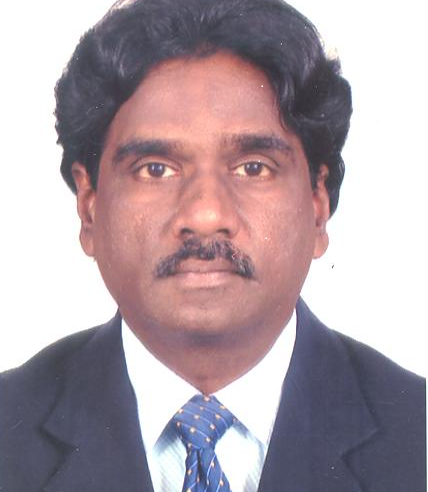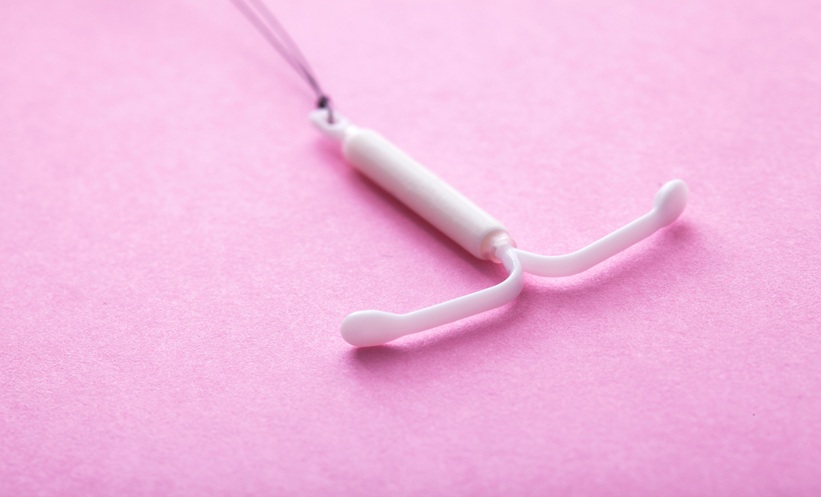Written by Muthuswamy Balasubramanyam | Dean of Research Studies and Senior Scientist, Madras Diabetes Research Foundation,Chennai, India
![]()
 How many of us know we observe World Breastfeeding Week (WBW) from 1st–7th August, every year? World Breastfeeding Week is co-ordinated by the World Alliance for Breastfeeding Action (WABA), a global network of individuals and organisations concerned with the protection, promotion, and support of breastfeeding worldwide.1 “From 1st–7th August 2017, the WABA and breastfeeding advocates in >175 countries worldwide will be celebrating the WBW theme ‘Sustaining Breastfeeding Together.’” says Muthuswamy Balasubramanyam, Dean of Research Studies and Senior Scientist, Madras Diabetes Research Foundation, Chennai, India.
How many of us know we observe World Breastfeeding Week (WBW) from 1st–7th August, every year? World Breastfeeding Week is co-ordinated by the World Alliance for Breastfeeding Action (WABA), a global network of individuals and organisations concerned with the protection, promotion, and support of breastfeeding worldwide.1 “From 1st–7th August 2017, the WABA and breastfeeding advocates in >175 countries worldwide will be celebrating the WBW theme ‘Sustaining Breastfeeding Together.’” says Muthuswamy Balasubramanyam, Dean of Research Studies and Senior Scientist, Madras Diabetes Research Foundation, Chennai, India.
The Baby-friendly Hospital Initiative (BFHI) was launched by the World Health Organization (WHO) and the United Nations International Children’s Emergency Fund (UNICEF) in 1991, following the Innocenti Declaration of 1990. Since its launch, BFHI has grown, with >152 countries around the world implementing the initiative. We have the Breastfeeding Promotion Network of India (BPNI), launched in 1991, which is a broad-based organisation with paediatricians, obstetricians, nurses, mother support groups, media persons, and housewives as members. Despite all these initiatives and awareness, what we see in reality are disheartening efforts and trends in breastfeeding.
Over centuries, human milk has been evolutionarily shaped to nourish newborns and is regarded as the nutritional gold standard for full-term infants. Breast-feeding activity has declined worldwide in recent years,2 as a result of urbanisation, marketing of infant milk formula, and maternal employment outside of the home. Studies in India have also shown a decline in breast-feeding trends. As per the international guidelines and the Indian Academy of Pediatrics Policy on Infant feeding: “An ideal infant feeding comprises exclusive breastfeeding for 6 months followed by sequential addition of semi-solid and solid foods to complement (not replace) breast milk till the child is gradually able to eat normal family food (around one year).”3 According to data previously obtained in India by the National Family Health Survey-3 (NFHS-3), 4 20 million babies are not able to receive exclusive breastfeeding for the first six months and about 13 million do not get good, timely, and appropriate complementary feeding after 6 months along with continued breastfeeding.
Breastfeeding is Beneficial to Both Mother and Offspring!
“Nutrition and protective effects of breast-feeding have mostly been attributed to the health of the child. However, recent findings suggest that mothers can benefit from breastfeeding as well” says Dr Balasubramanyam. During gestation, enormous changes occur in women’s metabolism to ensure there are sufficient supplies for the fetus. Breastfeeding is certain to ‘reset’ these metabolic changes in a favourable way, both for the mother and the baby. For infants, not being breastfed is associated with an increased incidence of infectious morbidity, as well as elevated risks of childhood obesity, Type 1 and Type 2 diabetes, leukaemia, and sudden infant death syndrome. For mothers, failure to breastfeed is associated with an increased incidence of premenopausal breast cancer, ovarian cancer, retained gestational weight gain, Type 2 diabetes, myocardial infarction, and metabolic syndrome. However, more research is needed to fully address these health issues and their association with lack of breastfeeding.
Breastmilk is Not Only Nutritional but Also Medicinal!
In addition to the nutritional components, breastmilk contains a wealth of bioactive components that may have beneficial, non-nutritional, functions and multiple health benefits. This means breastmilk is not only nutritional but also medicinal! Breastfeeding in the perinatal period has a profound effect on long-term health and this occurs through epigenetic mechanisms as a legacy of breastfeeding. Human milk oligosaccharides have significant prebiotic effects, selectively serving as a source of energy and nutrients for desired bacteria (microbiome) to colonise an infant’s intestinal tract. “This means health benefits of breast feeding are not only nutritional but also epigenetic, and even metagenomic”, Dr Balasubramanyam comments.
Quoting a UNICEF UK report5 written by a multi-university academic team, breastfeeding is nothing but “Preventing disease and saving resources”, says Dr Balasubramanyam. The report makes a strong financial case for investing in better support services for women, to enable them to start breastfeeding and continue for as long as they want to.
Many studies indicate severe gaps between current practices of breastfeeding and WHO recommendations and constitute basis for designing interventions to bridge these gaps. There are many reasons for such gaps, which include aggressive promotion of baby foods by commercial interests, lack of support to women at family and work places, and inadequately skilled healthcare support. All this shows just how much work needs to be done if a meaningful rise in feeding practices is to be achieved. Healthcare practitioners have a unique and influential role in promoting and supporting breastfeeding. Governments, healthcare facilities, and healthcare providers should make every attempt to adhere to the International Code of Marketing of Breast-milk Substitutes and relevant World Health Assembly Resolutions.
Breastfeeding is a fundamental public health issue because it promotes health, prevents disease, and helps contribute to reducing health inequalities. Act Now! Become an Ambassador for Breastfeeding! Protect, promote, and support breastfeeding, it is a worthwhile goal, saves lives, and prevents disease.
References
- World Alliance for Breastfeeding Action (WABA). 2017. Available at: http://www.waba.org.my/. Last accessed: 1 August 2017.
- Balasubramanyam M. One more reason for breastfeeding – prevention of diabetes! Current Science. 2008:95(9):1115-7.
- Food and Nutrition Board, Department of Women and Child Development. Ministry of Human Resources Development, Government of India. National Guidelines on Infant Feeding. Available at: http://hetv.org/pdf/ng-infant-feeding.pdf. Last accessed: 1 August 2017.
- Ministry of Health and Family Welfare Government of India. National Family Health Survey (NFHS-3), 2005–2006. Available at: http://dhsprogram.com/pubs/pdf/FRIND3/FRIND3-Vol1AndVol2.pdf. Last accessed: 1 August 2017.
- UNICEF UK. Preventing disease and saving resources: the potential contribution of increasing breastfeeding rates in the UK. 2012. Available at: https://www.unicef.org.uk/babyfriendly/wp-content/uploads/2012/11/Preventing_disease_saving_resources_policy_doc.pdf. Last accessed: 1 August 2017.








